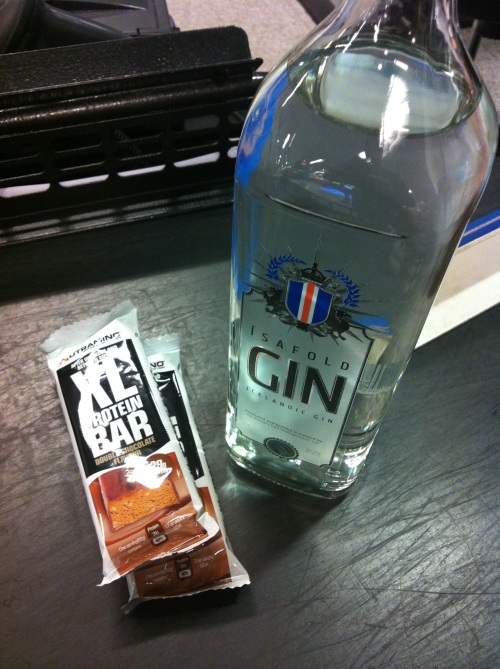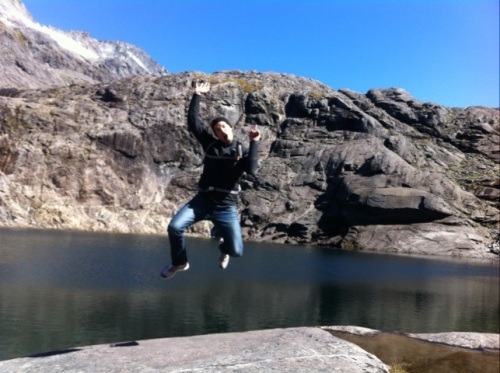How I avoided the USD$25 bus fare to the Reykjavik Airport
Customer service agents can theoretically spend close to forty hours a week begrudgingly helping the general public with their asinine problems, such as unidentified charges on a cell phone bill or (even worse) collecting complaints from customers because they received a skim latte at their local Drive-Thru Starbucks, rather than the iced double shot breve they ordered.
If this is what you do for a living, you are thrilled at the thought of a vacation to a remote island paradise somewhere that requires talking to absolutely no one.
Travelling, however, is a bit different, and the saying “a stranger is just your best friend you haven’t met yet” couldn’t ring more true. By talking to people at hostels, airports, hikes, coffee shoppes, or any outlet of social energy not only allows you to jump out of your comfort zone, but you meet people, sometimes really freaking cool people.
Such was the case when I arrived, cold, wet and jet-lagged with a sprinkle of pissed off at the HI Reykjavik – Downtown. A guy my age and his girlfriend were hiking the Icelandic Wilderness for seventeen days, and we’re staying in my room. It’s strange for me to play nice with Americans, for most of them are loud and obnoxious with no concept of being guests in a foreign country. No wonder they return from Paris with the tag line “they were so rude!” Imagine if you were at your job and someone approached the desk/counter/phone call and started speaking exclusively in French. Then, when you couldn’t understand what they were saying, they impatiently starting raising their voice and infantilizing you by gesturing and miming in such a way that indicated you must be illiterate. You’d be pretty rude too…
Off the soapbox.
Any American couple that decides to hike Iceland MUST be pretty cool, not to mention they were eating curry: one of my favorite things of all time, and she was a lawyer that drove a Prius. If you’ve met me, these are my people. So we chatted over the next couple of days, and eventually realized that we had similar flight times. They also had the luxury of a current drivers license, and had a rental car. I threw out the possibility of sharing the ride to the airport later that afternoon, and they had room!
Such is the nature of travel. If you have a spare package of pasta that isn’t travelling with you, put it in the free food bin. Heck, I’ve given a spare iPod charger to someone who had everything stolen except her iPhone. She needed that thing more than I did. So these guys had a spare seat (and I mean one spare seat), and they were generous enough to share.
The moral of the story is MEET PEOPLE!! However, contingent with the goal of this blog, it is also how you can avoid the high costs of transportation and lodging. In Asia, we once roomed with an Indonesian businessman and an ex-army soldier to keep the costs of lodging down, not to mention, the Indonesians bargained hard. If you make it a point to meet people, your time passes faster, you learn about other cultures and ways of life, and in the midst, you can travel lighter and cheaper by buddying up and saving on expenses. So share that ride, that pasta you made too much of, and strike up conversation with someone, you never know…
A big thanks to Jamie and Ted for the ride, and the laughs! Drink more gin, and don’t eat the cucumber.


















